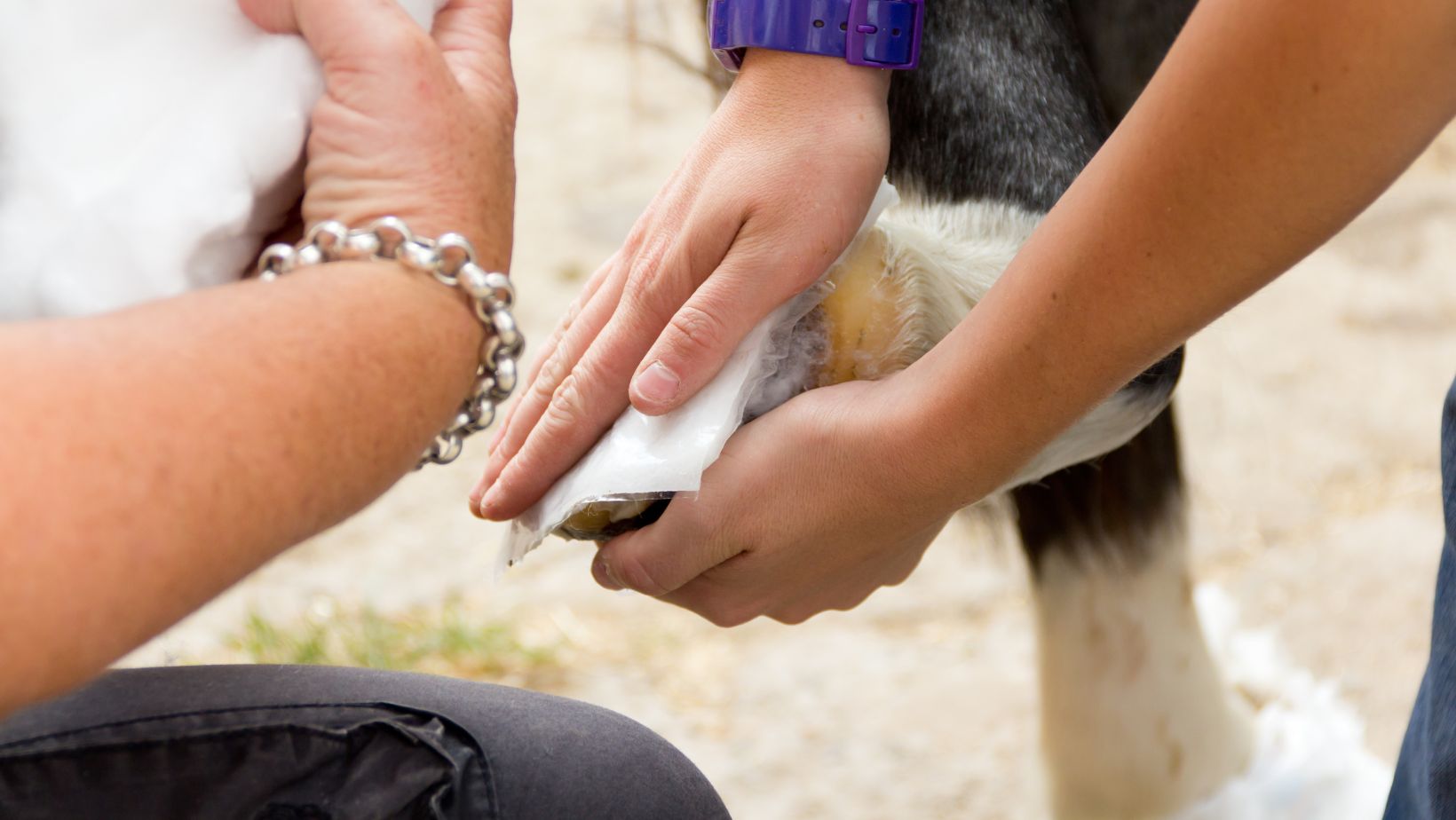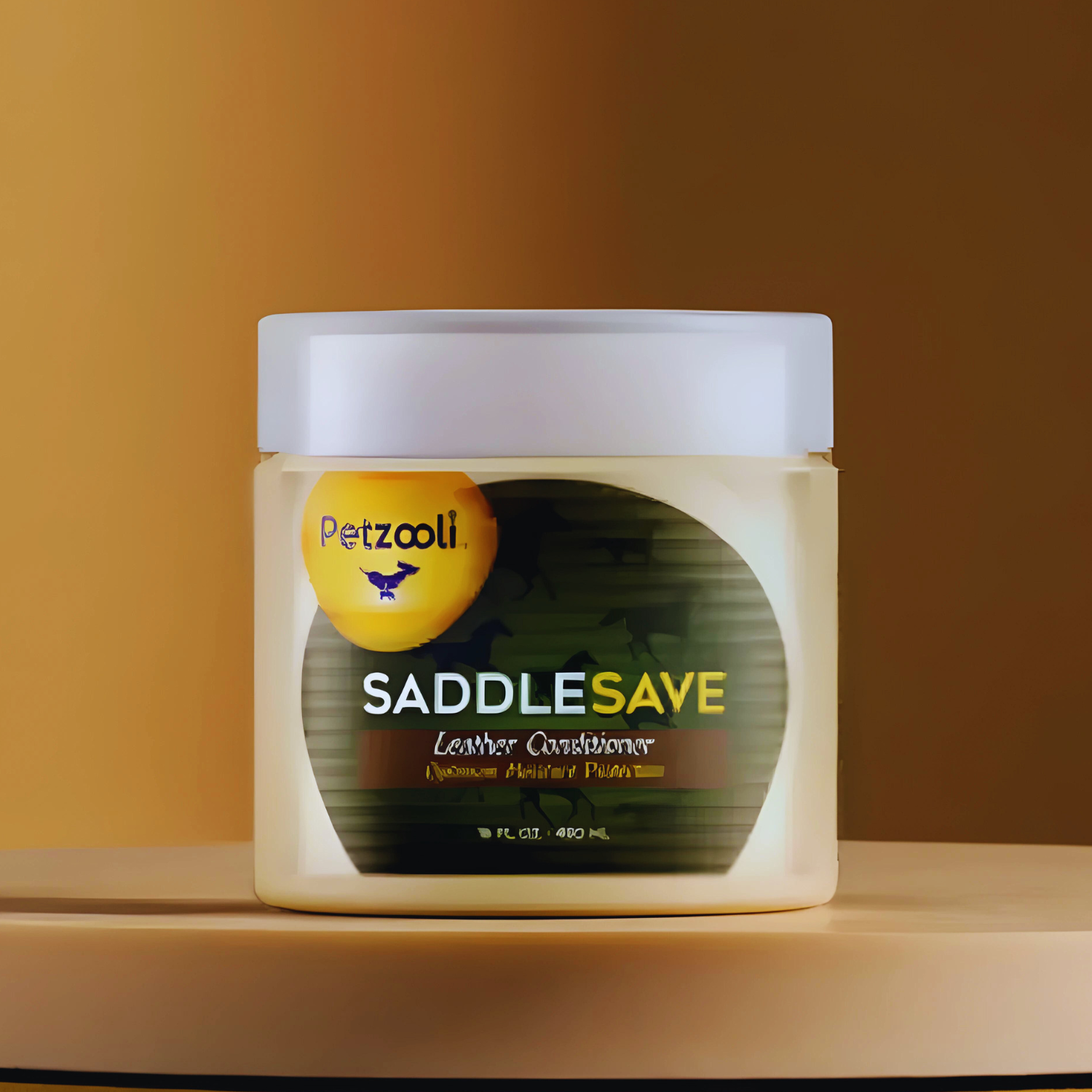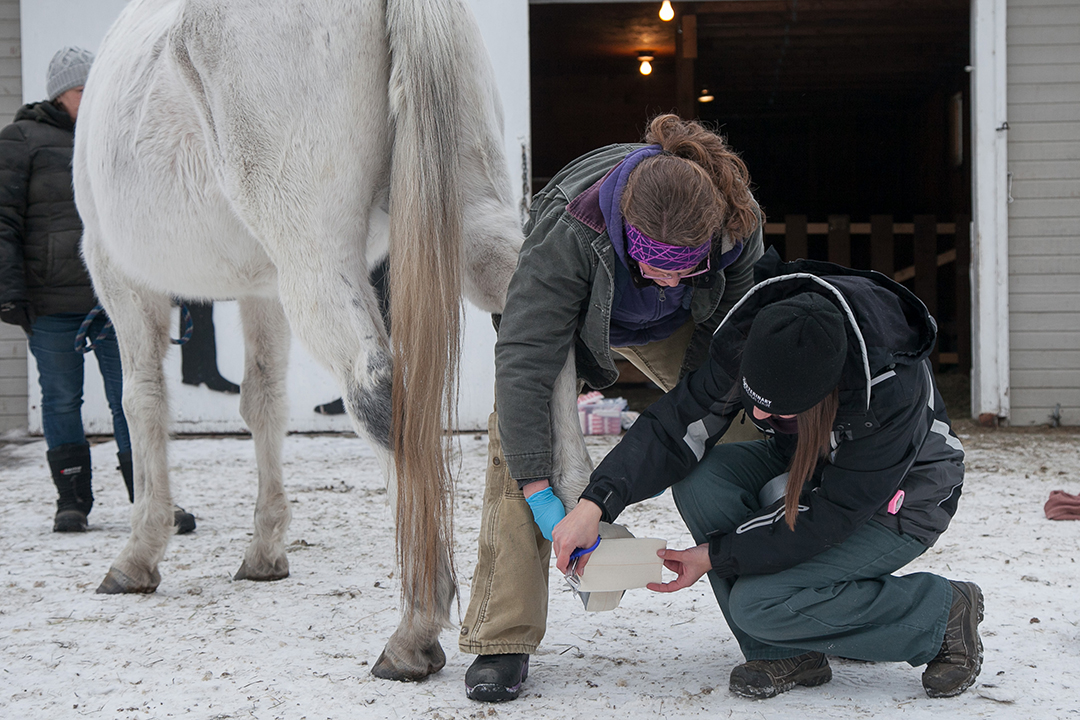The health of a horse’s hooves is critical to its overall well-being. Equine hoof abscess is one common issue that horse owners and caretakers frequently encounter. This article dives deeply into the intricacies of hoof abscesses, shedding light on their causes and preventive measures. We aim to equip you with the knowledge needed to detect, treat, and prevent this painful condition.

What is a Hoof Abscess?
A hoof abscess is a localized infection within a horse’s hoof. It often leads to severe lameness and, if not treated promptly, can escalate into more serious health issues. When the tissue inside the hoof capsule gets infected, white blood cells combat the bacteria, resulting in pus formation. This buildup leads to significant pressure and pain until the abscess ruptures, letting the pus out.

Causes of Equine Hoof Abscess
Introduction to Causes
Various factors contribute to the development of a hoof abscess. To effectively prevent and treat abscesses, understanding these causes is crucial.
Environmental Factors
Wet and muddy conditions are a breeding ground for bacteria. Horses standing in such environments for extended periods are at higher risk of developing hoof abscesses.
Poor Hoof Care
Inadequate hoof maintenance, such as irregular trimming and shoeing, can weaken the hoof structure, making it more susceptible to infection.
Injury and Trauma
Stepping on sharp objects, excessive wear from hard surfaces, or accidental trauma can create entry points for bacteria, leading to abscess formation.
Foreign Objects
Nails, stones, or wood pieces can get lodged in the horse’s hoof, introducing bacteria and causing infection.
Compromised Immune Function
Horses with weakened immune systems are less capable of fighting off infections, thus increasing their susceptibility to abscesses.

Symptoms and Diagnosis of Hoof Abscesses
Signs to Watch For
Recognizing the symptoms early can lead to prompt treatment, reducing discomfort and preventing complications.
- Severe lameness
- Swelling in the lower leg
- Increased digital pulse
- Warmth in the hoof
- Drainage of pus
Diagnostic Techniques
Veterinarians use various methods to diagnose hoof abscesses accurately.
Visual Inspection
Careful observation of the hoof, looking for puncture wounds or foreign objects.
Hoof Testers
Applying pressure to different areas of the hoof to locate the painful area helps in identifying the presence of an abscess.
Radiographs
X-rays can confirm the diagnosis and determine the exact location of the abscess, especially if it is deep inside the hoof.
Treatment of Hoof Abscesses
Veterinary Care
Seeking veterinary care is essential for proper treatment. Vets may use a variety of treatments to alleviate the condition.
Drainage
Draining the abscess provides immediate relief by releasing the built-up pressure. This is usually done by paring out the infected area.
Antibiotics
In some cases, especially when there is extensive infection, antibiotics may be prescribed to eliminate bacteria.
Poultices and Soaks
Applying poultices and soaking the hoof in warm water with Epsom salts can help draw out infection and alleviate pain.
Preventive Measures for Hoof Abscesses
Proper Hoof Care
Regular trimming and shoeing play a vital role in maintaining healthy hooves, preventing abscess formation.
Clean Environment
Maintaining dry and clean living conditions reduces the risk of bacterial infections significantly.
Nutritional Support
A balanced diet with essential vitamins and minerals strengthens the immune system, reducing susceptibility to infections.
Regular Inspections
Frequent inspections of the hooves can help catch issues early before they develop into serious problems.
The Importance of Early Detection
Early detection is key to effectively managing hoof abscesses. Timely intervention reduces pain, prevents complications, and accelerates recovery.
The Role of Farriers and Veterinarians
Collaborating with farriers and veterinarians ensures the best care for your horse’s hooves. Their expertise in proper hoof maintenance and medical treatment is invaluable.
Common Misconceptions About Hoof Abscesses
Abscesses Self-Resolve
Some believe abscesses will heal on their own without treatment, but this can lead to prolonged suffering and complications.
Hoof Abscesses are Rare
Hoof abscesses are more common than many realize. Regular preventive care reduces their occurrence.
Treatment is Always Long
With prompt and appropriate treatment, many abscesses resolve quickly, alleviating discomfort and preventing extensive damage.
When to Contact a Professional
If lameness persists or the condition worsens despite initial efforts, contacting a professional is crucial for proper care and recovery.
Summary and Conclusion
Understanding what causes equine hoof abscess empowers horse caretakers to implement effective preventive measures. Ensuring proper hoof care, maintaining a clean environment, and collaborating with veterinary professionals are key components in managing this common equine issue.
FAQ Section
How can I identify a hoof abscess quickly?
Look for signs like severe lameness, warmth in the hoof, and swelling in the lower leg. These symptoms often indicate an abscess.
How can I prevent hoof abscesses in my horse?
Regular hoof care, maintaining a clean environment, and providing balanced nutrition can significantly reduce the risk of abscesses.
Is veterinary care always necessary for hoof abscesses?
While some minor abscesses can be managed at home, seeking veterinary care ensures proper diagnosis and treatment, preventing complications.
For more information and tips, you can check the USEF website.
As an Amazon Associate, I earn from qualifying purchases.
